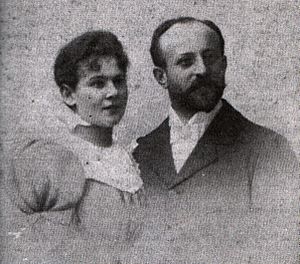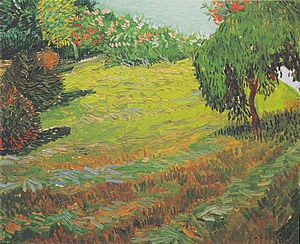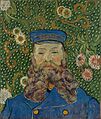Bernhard Mayer facts for kids
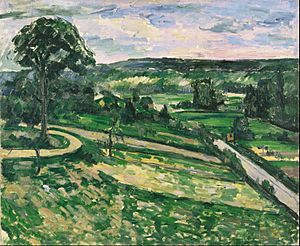
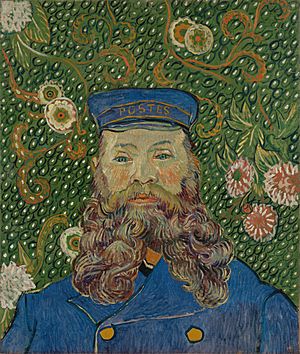
Bernhard Mayer (born 1866, died 1946) was a German fur trader. He was also a generous supporter of artists and a collector of amazing artworks. He believed in a society without a strict government, which is sometimes called anarchism.
Contents
Early Life
Bernhard Mayer grew up in a Jewish family in the Hunsrück area of Germany. His father owned a grocery store. When Bernhard was eleven, he left home to go to school in Bad Kreuznach. However, he stopped his education early. He then worked in several towns, including Simmern, Saarbrücken, and Aachen, before 1885.
Becoming a Fur Trader
In 1892, Bernhard moved to Brussels, Belgium. He started learning about the fur business in 1895. After some challenges, his fur business became very successful. He opened new shops in big cities like Paris, Berlin, Zurich, and Amsterdam. His family members helped him run these branches. The famous poet Else Lasker-Schüler even gave him a funny nickname: Mink Bernardo!
In 1897, Bernhard married Auguste Lipper (1875-1958). They had two children, a son named Ernst (born 1901) and a daughter named Lilly (born 1903). In 1903, while in Brussels, Bernhard and Auguste bought two paintings from an artist named James Ensor. They bought them to support the artist. This was the start of their impressive art collection.
Bernhard Mayer supported ideas like socialism and anarchism. These connections led him to Ascona, Switzerland, in 1909. There, he built a home for his family.
When World War I began, Bernhard, being German, had to leave Belgium. He moved to Berlin. In 1916, he went to Zurich, and then settled in Ascona.
A Passion for Art: Collector and Supporter
A historian named Franz Stadler from Munich encouraged Bernhard to buy paintings by French Impressionist artists. He advised Bernhard to only buy the very best works.
In 1926, Bernhard and Auguste Mayer had a special theater built in Ascona. It was called the Teatro San Materno, and it was for the dancer Charlotte Bara. Bernhard was very active in supporting artists and collecting art. During the 1920s, he bought many paintings by famous artists like Cézanne, van Gogh, Renoir, Matisse, and Picasso.
He even built a hotel in Ascona just for artists and writers. Many people who had to leave their home countries, like Holitscher, Ehrenstein, and Else Lasker-Schüler, stayed there. Bernhard also helped new writers publish their first books by promising financial support. He often did this without letting anyone know it was him.
Escaping Danger and Later Life
In 1941, Bernhard had to flee from the National Socialists, a dangerous political group in Germany. He moved to the USA. He had already sent some of his valuable paintings to safety in the USA in 1936. Sadly, other paintings were lost.
In New York City in 1944, with help from his wife Guste, Bernhard wrote down his life story. He dedicated his memories to his four grandchildren. After World War II ended, he returned to his house in Ascona with his paintings. Guste Mayer passed away there in 1958.
A part of Bernhard's amazing art collection later became a source of inspiration for his granddaughter, Gabrielle Merzbacher-Mayer, and her husband Werner Merzbacher. Their collection is known as the Merzbacher Collection.
Images for kids
-
Paul Cézanne: Landschaft bei Ausver-sur-Oise (1881/82), today in the Israel-Museum, gift of Lilly Schwabacher-Mayer
-
Vincent van Gogh: Portrait de Joseph Roulin (1889), today in the Moma


